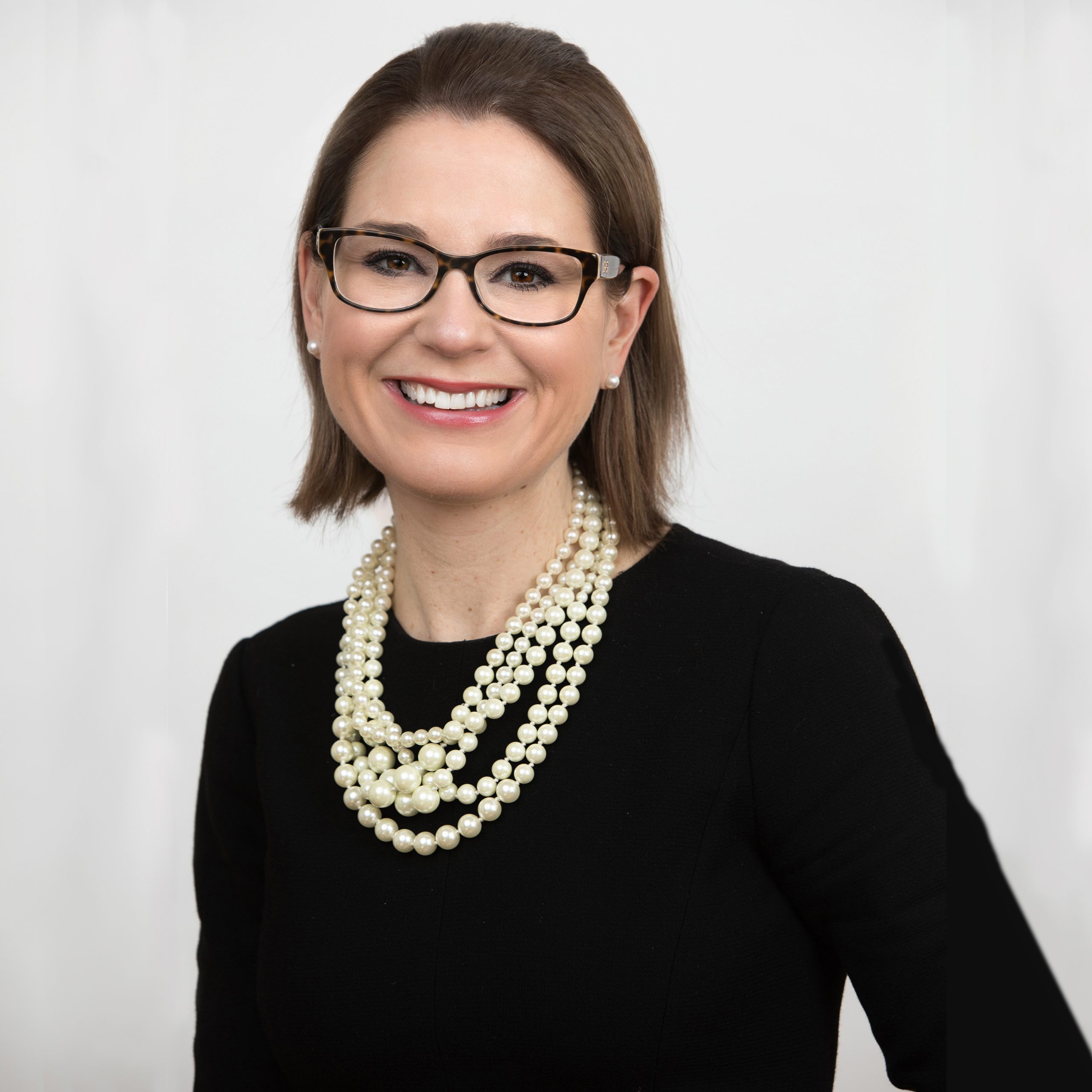by Antonia Ciaverella and Melissa Roy
The role of design
As builders of a sustainable future, our mission is to inspire and protect; to leave the world in a better place than we find it now. Embracing a collaborative, evidence-based approach, we envision a future that is better by design. We ask big questions about our role as environmental stewards and advocates for human health and wellness. Questions such as, “How can the built environment change the course of lifestyle-related chronic disease?” or, “How can we engage the surroundings to help patients recover quickly and holistically?” As sustainability focuses around the individual, there is an exciting movement to bring together design and health. Designers are ambassadors of positive change through their design decisions, and an increased focus is placed on biology and behavior.
The WELL Building Standard exemplifies this approach. Developed with the latest medical research and peer-reviewed by scientists, practitioners, and medical professionals, the standard presents seven concepts (air, water, nourishment, light, fitness, comfort, mind) in support of health and wellness.
While this is important work, it is only part of our mission — the other is to inspire. We do this by recognizing three factors: culture, education, and aesthetics. Buildings are important cultural symbols that communicate our values. They are nonverbal representations of our core beliefs, and sustainable buildings in particular should espouse broader concepts than the baseline of designing to be green. Sustainable buildings should be educational experiences, and we should ask ourselves if the sustainable features are effective communicators. In a recent study, researchers at the University of California, Berkeley, discovered that visitors will often point to signage depicting sustainable systems rather than the systems themselves when asked to identify the sustainable features in a building. Finally, sustainable buildings should be aesthetically pleasing. In the same study, when participants were asked to rank the building’s appearance, they gave a negative review. Upon learning it was a sustainable building, several participants reversed their answer. While people tend to feel good by associating themselves with a sustainable building, this is certainly no argument for bland aesthetics, especially when creativity, productivity, and health outcomes have been tied to aesthetic qualities in buildings.
The role of behavior
As designers, we can do all these things to the best of our ability and still face the wild card that is human behavior. We humans are delightfully perplexing, and sometimes this means that we do not engage with the built environment as planned. In a study conducted by researchers at the University of Groningen, this is suggested to be a product of our self-identity. They discovered that if you remind people of past environmentally friendly behavior and provide positive feedback, an environmental self-image can be strengthened and sustainable action can be reinforced. While creating an environmental self-image is one component of sustainable behavior, our biology also allows for an external motivator for sustainability — altruism and empathy that translates to action.
The role of thought
We know that our biology helps us reach out in social support, but to what extent? Research suggests that a higher level of altruism is associated with environmental concern and lower egotistical values, but it also illustrates that environmental concern is increased by future thinking. That being said, a collaborative study at Nipissing University and Victoria University of Wellington warns against sustainable discussions framed solely in terms of a future-centric world view, for example, the notion that we are preserving our planet for our children’s children. This seems to conflict with what we know about altruism. The authors state that while a future-centric approach has value, it needs to be paired with a minimization of immediate concerns. To understand the reason why, we need to appreciate the difference between abstract and concrete thought. By posing the future-centric world view, we are requiring abstract thought which answers the question “why?” This is more difficult than thinking about concrete concerns, such as cost, which answers the question “how?” and is associated with immediacy. We tend to focus more on immediate concerns that are often personal, rather than adopting superordinate goals in which groups work together for a group reward. The research shows that reduced immediate concerns will allow more future-centric thought and sustainable behavior. All we have to do is minimize immediate barriers by illustrating that we can overcome these obstacles.
We, the builders of a sustainable future, have a powerful mission to inspire and protect. As sustainability begins to focus on the individual in addition to collective health, wellness, and resource preservation, we need to ask even bigger questions. We need to take our responsibility as ambassadors of positive change seriously and work collaboratively towards a future that is better by design. I’d like to close by igniting our capacity for altruism and abstract thought with a quote from the poet Mary Oliver, “Love yourself. Then forget it. Then, love the world.”
Antonia Ciaverella, WELL AP, EDAC, LEED AP BD+C, is an architectural designer at Tecton Architects.
Melissa Roy is the director of business development at Tecton Architects.
Tecton Architects is celebrating 30 years as an active member of the Construction Institute.












